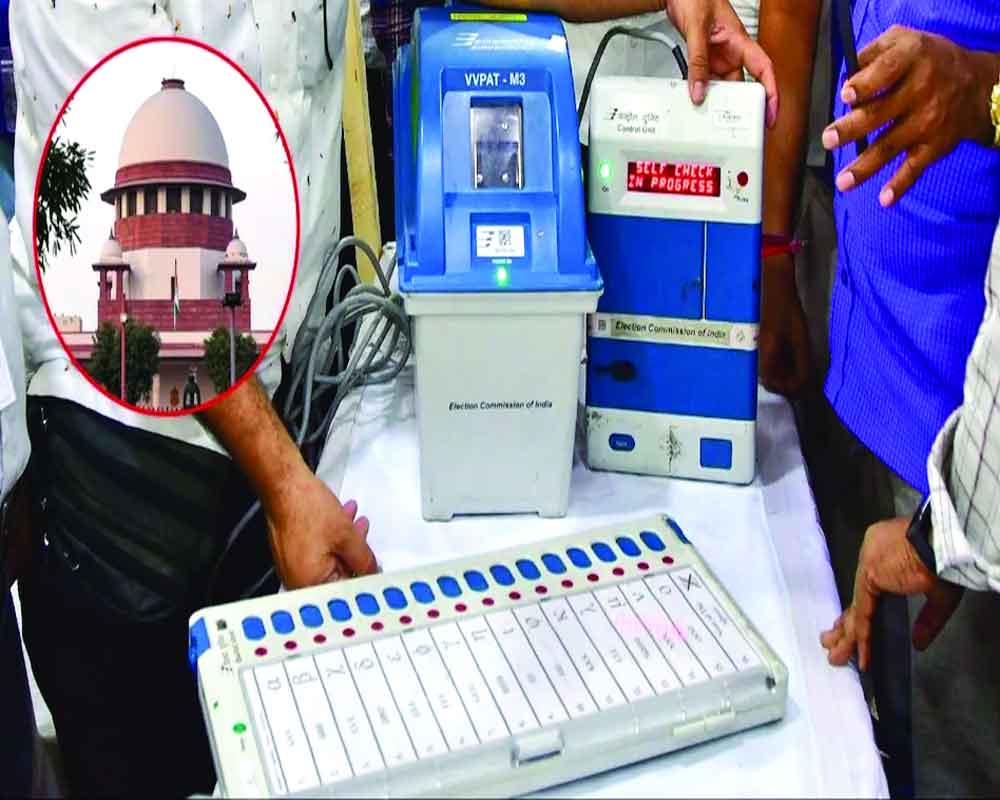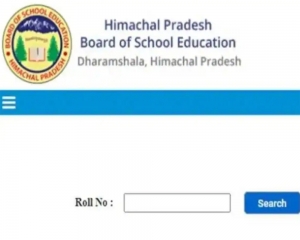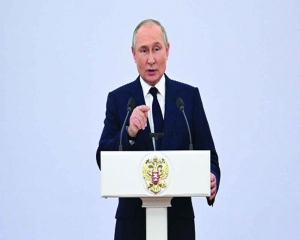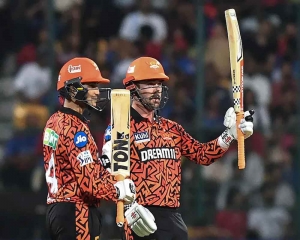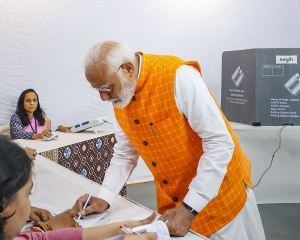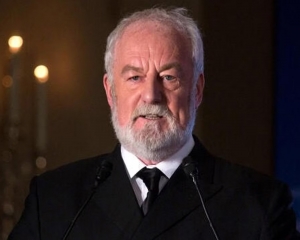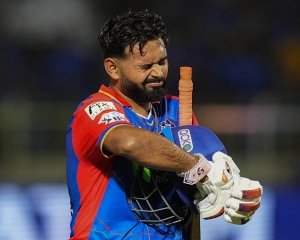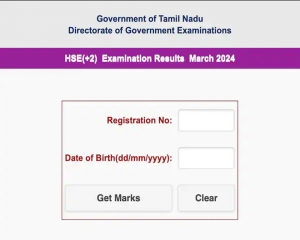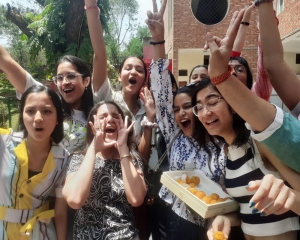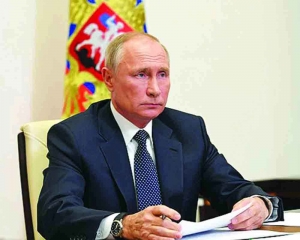In a landmark judgement, the Supreme Court on Friday rejected all petitions seeking 100 per cent cross-verification of votes cast using Electronic Voting Machines (EVMs) with Voter Verifiable Paper Audit Trail (VVPAT).
Weighing in on the intensely debated issue that has long divided political parties, a bench of Justices Sanjiv Khanna and Dipankar Datta delivered two concurring verdicts in the matter, also rejected a demand to go back to ballot papers in elections. The order came on a day during the second phase of polling for 88 parliamentary seats in 13 States.
The Supreme Court’s long anticipated verdict quickly found echo in the political landscape with Prime Minister Narendra Modi saying at a rally in Araria in Bihar that it is a “tight slap” on the Congress-led Opposition which now must “apologise” for committing the “sin of creating distrust” against electronic voting machines.
Hours after the Supreme Court verdict, Modi said the decision shattered dreams of the INDIA Bloc that “sought to mislead the nation”. “Every politician in the INDIA coalition sinned by trying to create doubts in the hearts of the nation’s citizens,” Modi said at an election rally in Araria Lok Sabha constituency in Bihar.
“When the Congress, the RJD and other INDIA Bloc parties were in power, the poor, backwards and Dalits used to be deprived of their votes through booth capture. With the introduction of Electronic Voting Machines, they are no longer able to play their old game. Hence, they committed the sin of creating distrust against EVMs,” he said. Union Law Minister Arjun Ram Meghwal described the decision as “fabulous”. He said the Supreme Court’s ruling has exposed Opposition parties, including the Congress, which had left no opportunity to “defame” the Election Commission.
Notably, the bench also gave candidates the option to get a proportion of the EVMs “checked and verified by a team of engineers from EVM manufacturers post the announcement of results” on a written request, expenses for which will be notified by the Election Commission of India (ECI).
Additionally, the SC directed that there will be an option for candidates to get the microcontroller program of EVMs to be checked by a team of engineers after the declaration of results.
The Supreme Court also issued two directions issued - containers carrying the symbol loading unit should be sealed in the presence of polling agents and candidates and be kept secured for 45 days and the control unit, ballot unit and VVPAT shall be verified by engineers of the manufacturing companies post the result of the counting on a written request to be made within seven days of the declaration of results.
Rejecting pleas seeking complete cross-verification of votes cast using electronic voting machines (EVMs) via VVPAT machines, the Supreme Court observed that blindly distrusting any aspect of the system can lead to unwarranted skepticism. Pronouncing his verdict, Justice Khanna directed the EC to seal and store units used to load symbols for 45 days after the symbols have been loaded to electronic voting machines in strong rooms.
“The burnt memory/microcontroller in 5 per cent of the EVMs, that is, the control unit, ballot unit and the VVPAT, per assembly constituency/assembly segment of a parliamentary constituency shall be checked and verified by the team of engineers from the manufacturers of the EVMs, post the announcement of the results, for any tampering or modification, on a written request made by candidates who are at SI.No.2 or Sl.No.3, behind the highest polled candidate. Such candidates or their representatives shall identify the EVMs by the polling station or serial number. All the candidates and their representatives shall have an option to remain present at the time of verification. Such a request should be made within a period of 7 days from the date of declaration of the result,” the court said in the judgement.
The top court also allowed engineers of the EVM manufacturers to verify the microcontroller of the machines after declaration of the results on the request of candidates who stood second and third.
Requests for the verification of the microcontroller can be made within seven days of declaration of the results after payment of fees, the court said. “If EVM is found tampered during verification, fees paid by the candidates will be refunded,” it said. An EVM comprises three units -- ballot unit, control unit and the VVPAT. All three are embedded with microcontrollers which have a burnt memory from the manufacturer. Currently, the Election Commission conducts random matching of VVPAT slips with EVMs at five polling booths per assembly constituency. “ The credibility of the ECI and integrity of the electoral process earned over years cannot be chaffed and over-ridden by baroque contemplations and speculations,” the court said.
In its judgment, Justice Dipankar Datta said there seems to be a concerted effort to discredit, diminish and weaken India’s progress on every possible frontier and any such attempt has to be “nipped in the bud”. Writing his views in a separate verdict while concurring with the opinion of Justice Sanjiv Khanna, who was heading the bench, Justice Datta said the question of reverting to “paper ballot system”, on facts and in the circumstances, does not and cannot arise.
“It is of immediate relevance to note that in recent years, a trend has been fast developing of certain vested interest groups endeavouring to undermine the achievements and accomplishments of the nation, earned through the hard work and dedication of its sincere workforce,” he said. “There seems to be a concerted effort to discredit, diminish, and weaken the progress of this great nation on every possible frontier. Any such effort, or rather attempt, has to be nipped in the bud,” Justice Datta said.
The bench suggested the poll panel can examine whether electronic machines can be used for counting VVPAT slips and also whether bar codes can be used for parties along with their symbols. Besides seeking to return to the ballot paper system, the three petitions before it had prayed that VVPAT slips should be given to the voter to verify and put in the ballot box for counting and there should be 100 per cent counting of VVPAT slips, the bench said.
The verdict came in three petitions seeking directions to tally VVPAT slips with votes cast through EVMs during elections. One of the petitioners prayed that each and every EVM vote be tallied against VVPAT slips. Another plea filed by the Association for Democratic Reforms (ADR) urged that VVPAT slips must be tallied with votes cast through EVMs so that citizens can confirm that their vote has been ‘counted as recorded’ and ‘recorded as cast.’













